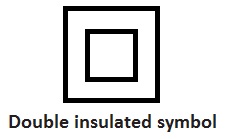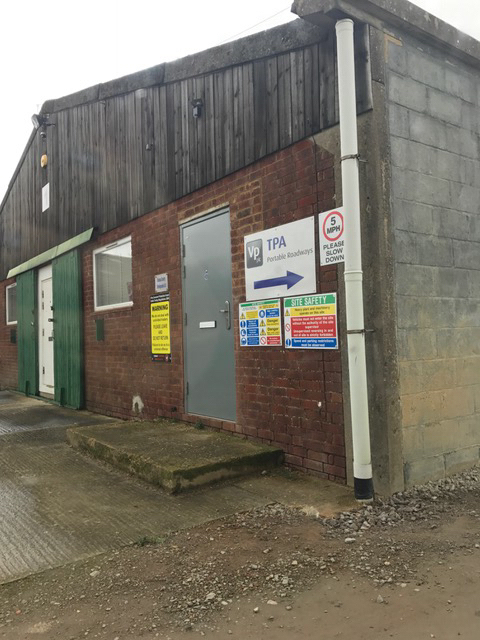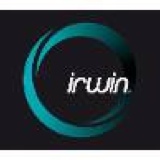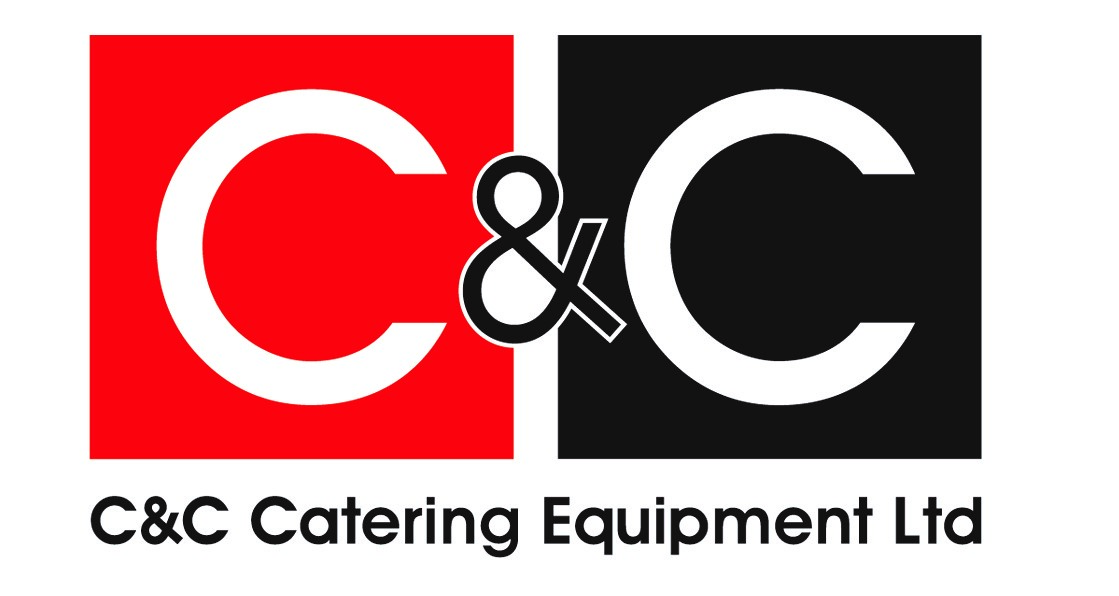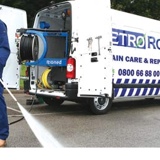Title Page
-
Site conducted
-
please leave Blank to auto-generate
-
Specific location
-
Conducted on
-
Description/Make/Model of Appliance
-
Portable Appliance Testing - quick reference
-
Portable Appliance Test Reports:
Any item tested must be written up on these forms
PLEASE NOTE: One report per item tested -
Faulty Equipment & Repair Register:
Any failed item must be written up on these forms.
If they have been repaired and failed, the plugs must cut off and thrown away. If they pass after being repaired, fill this in and a ‘Portable Appliance Test Report’ form. -
Class 1 – Mainly metal casing and containing an earth wire
• Microwave,
• Kettle,
• Electrical fires –
Some class 1 products may not have an obvious earthing point (Kettles - the heating element would be the earthing point) -
Class 2 - Mainly plastic casing (Double Insulated: with a symbol like this below
• TV
• White goods
• PC
• Hair dryer -
Extension leads:
• College PAT testing machine can only test up to and including 10m
• PAT testing falls to us not hire company
• Surge protected leads – a FAIL is a PASS
• Test should be carried out on every port -
Fuses :
• Up to 700w – 3 amps
• Over 700w – 13 amps
(Other fuse sizes are used but this is a good rule of thumb)
The test
-
Visual Inspection, please check the Plug, Flex and Body of Appliance
-
Class
-
Earth Continuity
-
Insulation
-
Is this Appliance OK to use
-
Insulation
-
Is this Appliance OK to use
-
If this Appliance fails the test please cut the plug head off, remove it from its location and inform the foreman or line manager.
-
Initial and sign
-
Any Comments
-
Photo if needed






